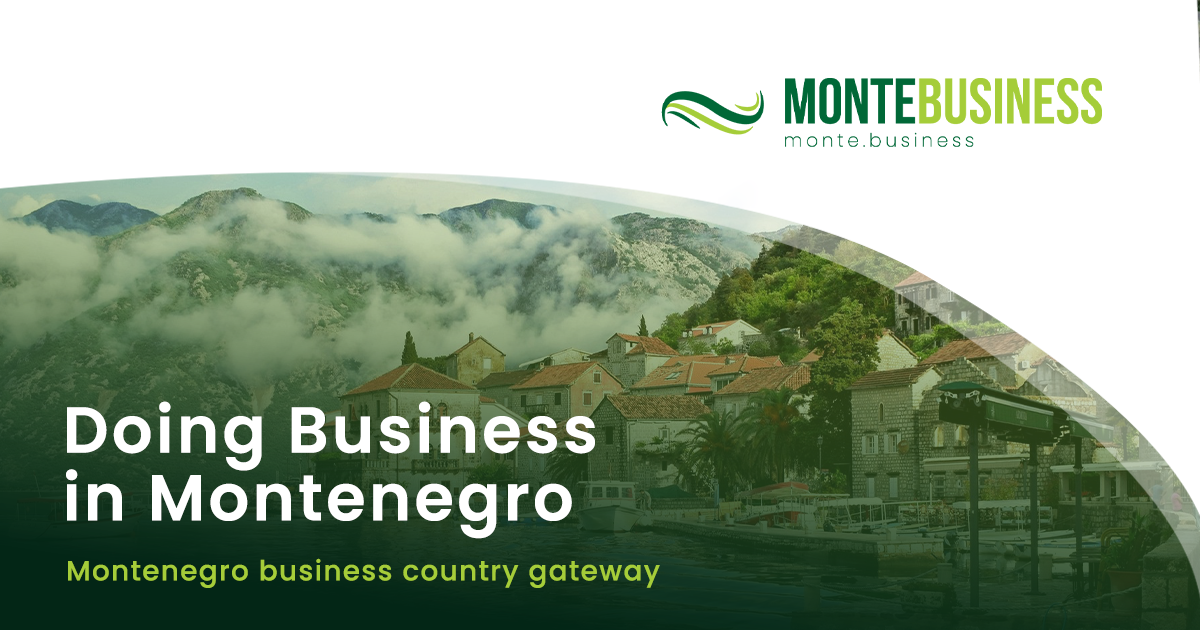Although the early days of the winter tourist season raised optimism, weather conditions have once again highlighted the vulnerability of winter tourism in Montenegro without proper infrastructure for artificial snowmaking. At the state-owned ski resort Kolašin 1600, visitors have been able to enjoy only panoramic cable car rides for the past ten days, while there is no snow on the slopes. A similar situation is seen at Savin Kuk, where skiing was only possible on a part of the slope beneath the mountain of the same name.
After a solid start in December and the first half of January, rain and warm weather brought mass cancellations of bookings and empty private accommodations. Tourism workers fear that last year’s disastrous season, during which there was an unprecedented lack of snow and no skiing days, could repeat itself. While hopes are now placed on February and potential snowfalls, tourism professionals are warning that urgent investments in artificial snowmaking systems are needed to ensure the sustainability of winter tourism in Montenegro.
Cancellation of bookings
Since the start of the winter tourist season on December 21 last year, the Kolašin 1600 ski resort has only had 15 skiing days. After the rain, mass cancellations of bookings followed, especially in private accommodation, as well as weak attendance at the ski resorts.
In Kolašin and on Žabljak, the situation is reminiscent of the 2023/2024 tourist season when, due to the unprecedented lack of snow, the tourism industry suffered millions in losses, and no skiing days were recorded.
The beginning of the winter tourist season promised a different situation and raised hopes that at least part of those losses could be recovered. At the Kolašin 1600 ski resort, there were up to 1,250 skiers daily on exceptionally well-prepared slopes in early January, and at Savin Kuk, access by car was blocked after 11 a.m.
Unfortunately, well-filled accommodations and crowded ski resorts, along with a winter wonderland, lasted only until mid-January, when strong southerly winds disrupted many plans.
“We were very satisfied at the beginning of the season (from about December 27 to January 15), but after the rain, the condition of the slopes at Kolašin 1600 Ski Center became very poor, so the slopes were closed for skiing. However, at Kolašin 1450 Ski Center, skiing is still possible with the help of artificial snow cannons. The current temperatures are ideal for artificial snow production,” said Zorica Milašinović, the director of the Kolašin Tourist Organization. She noted that after a good start, the number of guests significantly decreased by January 15.
“Guests began to cancel, and those who are currently in Kolašin are staying there because of the additional amenities offered,” Milašinović added, mentioning that the tourists are mainly from Albania, Russia, Ukraine, Bosnia and Herzegovina, Serbia, Montenegro, and Kosovo.
As for February, according to certain forecasts, there should be no cancellations of bookings.
Guests from the region
The situation is similar in Žabljak. According to Stojan Abazović, the director of the Žabljak Tourist Organization, they were satisfied with the first part of the winter tourist season.
“Unfortunately, after the holidays and the lack of snow, occupancy sharply declined. From December 25 to January 20, we had good occupancy, but after the weather worsened, the situation drastically changed, and occupancy dropped. Most of the tourists are from Montenegro and neighboring countries. We also have guests from Western Europe and China. There is interest, but it will largely depend on the weather, i.e., snowfall,” Abazović said.
These days, according to him, the weather conditions were perfect, and there is great regret that they do not have the ability to make artificial snow.
“The government must find a way to invest in snowmaking and the modernization of ski resorts. After 30 years, we haven’t had any investments. Things need to be started from scratch, and this natural gem needs the conditions for a quality winter season. We all remember when Žabljak was synonymous with winter tourism, both in terms of skiing infrastructure and hotels. It’s important to note that skiing takes place at higher altitudes at the Savin Kuk resort,” said Abazović.
Montenegrin ski resorts behind the region
The situation at Montenegrin ski resorts like Kolašin 1600 and Savin Kuk, where the lack of snow limits skiing activities, is similar to that of neighboring countries. In Serbia, at Kopaonik, and in Bosnia and Herzegovina, at Jahorina, there have also been periods of reduced snow cover, affecting the ski season. However, these ski resorts have invested significant funds in artificial snowmaking systems, allowing them to maintain ski slopes even during unfavorable weather conditions.
In Slovenia and Austria, which are known for their advanced infrastructure and long-standing experience in managing winter tourism, ski resorts have developed snowmaking systems and efficient methods for snow preservation, allowing them to have longer and more stable ski seasons.
Compared to these destinations, Montenegrin ski resorts are still in the development phase. The company Ski Resorts of Montenegro is working on the valorization of existing resorts and the construction of new ones, with the goal of improving infrastructure and extending the ski season.
Although climate conditions are a challenge for ski resorts in the region, investments in artificial snowmaking and infrastructure modernization have proven essential for maintaining competitiveness and attracting tourists throughout the entire winter season.








